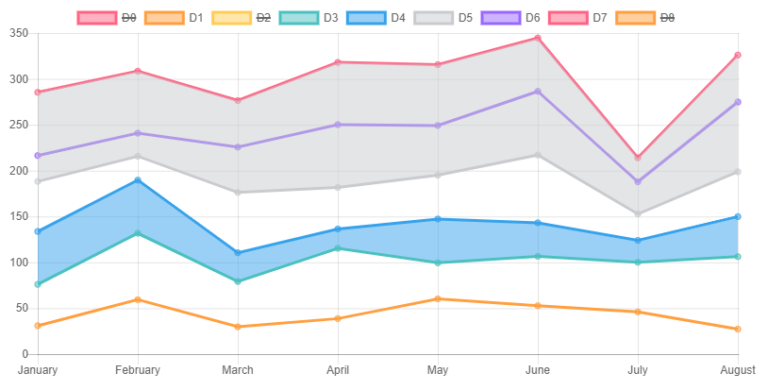


but if you run it again, it sees that the DOM width and height are 600 (check the other answer to this question to see why) and then sets it to 1200 and the css width and height to 600. (What's actually happening is it is checking whether it should add more pixels to the canvas by changing the DOM attribute for width and height, if it should, multiplying it by some factor, usually 2, then changing that, and then changing the css style attribute to maintain the same size on the page.)įor example, when you run it once and your canvas width and height are set to 300, it sets them to 600, then changes the style attribute to 300.

The problem is it doesn't realize it has already done this, so when called successive times, it multiplies the already (doubled or whatever) size AGAIN until things start to break. What's happening is Chart.js multiplies the size of the canvas when it is called then attempts to scale it back down using CSS, the purpose being to provide higher resolution graphs for high-dpi devices.


 0 kommentar(er)
0 kommentar(er)
